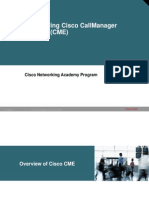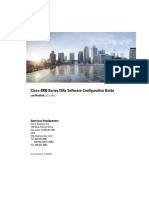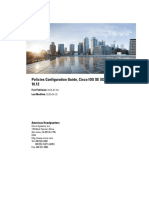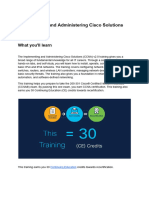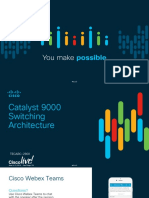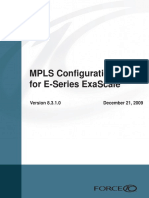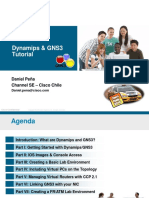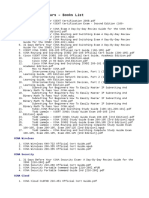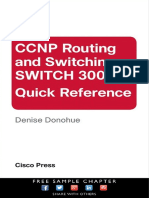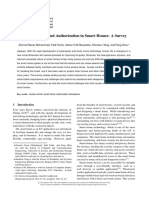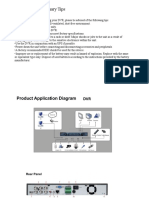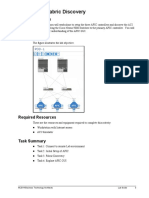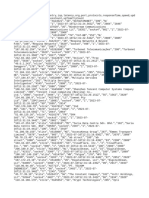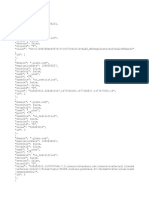0% found this document useful (0 votes)
375 views9 pagesTesting With CDRouter
CDRouter is a comprehensive testing tool that simulates networking environments to test routers and other IP devices. It contains modules of related tests that can be run through a web or command line interface. Tests cover common protocols and applications to evaluate functions like interfaces, routing, security, and more. Configuration files describe the test setup and variables to automate testing.
Uploaded by
hart azacCopyright
© © All Rights Reserved
We take content rights seriously. If you suspect this is your content, claim it here.
Available Formats
Download as DOCX, PDF, TXT or read online on Scribd
0% found this document useful (0 votes)
375 views9 pagesTesting With CDRouter
CDRouter is a comprehensive testing tool that simulates networking environments to test routers and other IP devices. It contains modules of related tests that can be run through a web or command line interface. Tests cover common protocols and applications to evaluate functions like interfaces, routing, security, and more. Configuration files describe the test setup and variables to automate testing.
Uploaded by
hart azacCopyright
© © All Rights Reserved
We take content rights seriously. If you suspect this is your content, claim it here.
Available Formats
Download as DOCX, PDF, TXT or read online on Scribd
/ 9


